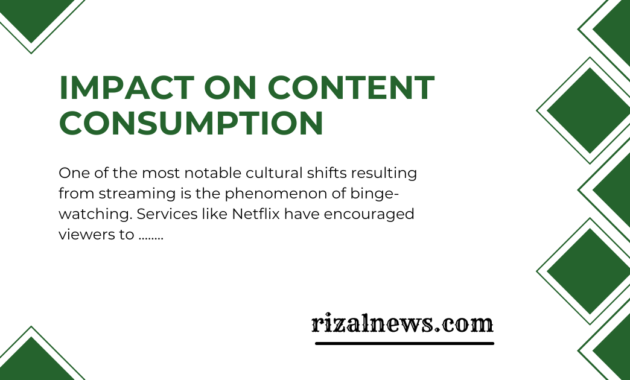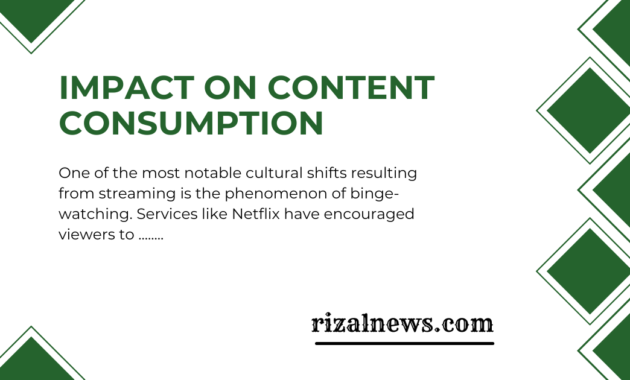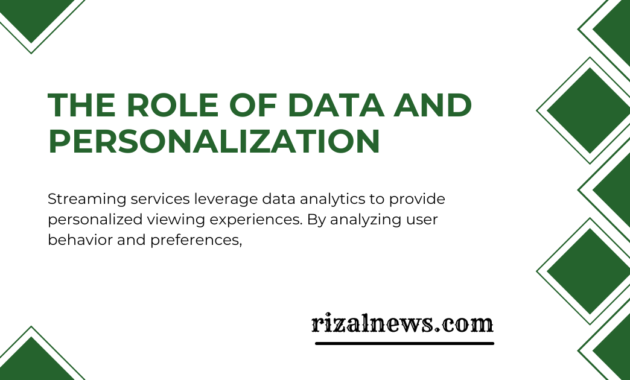Evolution Of Entertainment The entertainment landscape has undergone a seismic shift in recent years, primarily driven by the rise of streaming services. This transformation has not only altered how content is consumed but has also reshaped the entire media industry. The evolution from traditional media formats to digital streaming platforms marks a critical juncture in entertainment history, characterized by technological advancements, changing consumer preferences, and the emergence of new business models.
Evolution Of Entertainment Historical Context

The roots of streaming services can be traced back to the late 1990s and early 2000s, coinciding with the advent of broadband internet. Initially, consumers relied on physical media such as VHS tapes and DVDs, which dictated viewing habits through scheduled programming and limited availability. The launch of Netflix in 1997 as a DVD rental service marked the beginning of a new era. However, it was Netflix’s introduction of streaming in 2007 that catalyzed a significant paradigm shift in how audiences accessed entertainment.
The Rise of Streaming Services
Technological Innovations
The transition from physical media to streaming was facilitated by advancements in technology. High-speed internet connections allowed for seamless content delivery, enabling users to access vast libraries of movies and television shows on-demand. This convenience eliminated the need for physical rentals and transformed viewing habits from passive consumption to active selection.
Key Players
While Netflix was a pioneer, other platforms quickly followed suit. Hulu emerged in 2008, providing a mix of current TV episodes and original content, while Amazon Prime Video entered the fray in 2011. Disney+ launched in late 2019, capitalizing on its extensive catalog of beloved franchises. Each platform brought unique offerings, intensifying competition and leading to what is now referred to as the “streaming wars”—a battle for subscriber attention and loyalty.
Impact on Content Consumption

Binge-Watching Culture
One of the most notable cultural shifts resulting from streaming is the phenomenon of binge-watching. Services like Netflix have encouraged viewers to consume entire seasons of shows in one sitting, fundamentally altering how narratives are structured and produced. This change has led to an increase in serialized storytelling, where plotlines are designed to keep viewers engaged across multiple episodes.
Original Content Production
The investment in original content has become a hallmark of successful streaming services. Netflix’s strategy to produce exclusive shows like Stranger Things and The Crown not only differentiates it from competitors but also creates a loyal subscriber base eager for new content. This trend has prompted other platforms to follow suit, resulting in an explosion of original programming across various genres.
Disruption of Traditional Media
Decline of Cable Television
The rise of streaming has significantly disrupted traditional television broadcasting. Many consumers have opted for “cord-cutting,” abandoning cable subscriptions in favor of more affordable streaming options that offer greater flexibility and convenience. This shift has forced traditional networks to adapt by launching their own streaming services or rethinking their business models.
Impact on Movie Theaters
The film industry has also felt the effects of streaming services. With an ever-expanding catalog available at home, many audiences prefer watching films on their own terms rather than going to theaters. The COVID-19 pandemic accelerated this trend as theaters closed temporarily, leading studios to release films directly on streaming platforms.
The Role of Data and Personalization

Streaming services leverage data analytics to provide personalized viewing experiences. By analyzing user behavior and preferences, platforms can recommend content tailored to individual tastes, enhancing user engagement and satisfaction. This level of personalization was largely absent from traditional media, where programming was dictated by network decisions rather than audience preferences.
Future Trends in Streaming
As the streaming landscape continues to evolve, several trends are likely to shape its future:
- Increased Competition: With new entrants constantly emerging, established players will need to innovate continuously to retain subscribers.
- Diverse Content Offerings: Platforms will increasingly focus on niche markets and diverse content to cater to varied audience segments.
- Integration with Other Media Forms: Streaming may further integrate with gaming and interactive experiences, blurring the lines between different entertainment formats.
- Sustainability Concerns: As environmental awareness grows, streaming services may face pressure to adopt sustainable practices in content production and distribution.
Conclusion
The evolution of entertainment through streaming services represents a profound transformation that has reshaped how we consume media today. From technological innovations that enable instant access to vast libraries of content to shifts in cultural consumption patterns like binge-watching, the impact is undeniable. As competition intensifies and consumer preferences continue to evolve, the future of entertainment will likely be characterized by increased personalization, diverse offerings, and an ongoing dialogue between traditional media and digital platforms.
In summary, the rise of streaming services has not only changed how we access entertainment but has also set new standards for content production and distribution within the industry. As we look ahead, it will be fascinating to see how these changes continue to unfold and influence our media landscape.
Also Read : Best Hospitals In Maharashtra




